Wristwatches have long been cherished as both timekeeping instruments and works of art. Among the various types of watches available, stainless steel mechanical watches stand out for their intricate craftsmanship and timeless appeal. These watches are powered by a fascinating mechanism that sets them apart from their quartz counterparts. In this article, we will delve into the inner workings of a stainless steel mechanical watch, exploring the intricate movement that keeps it ticking accurately.
The Basics of Mechanical Watch Movements
A stainless steel mechanical watch relies on a mechanical movement to measure time. Unlike quartz watches, which use batteries and electronic circuits, mechanical watches are driven by a complex system of gears, springs, and levers. This mechanical movement can be further divided into two main types: manual and automatic.
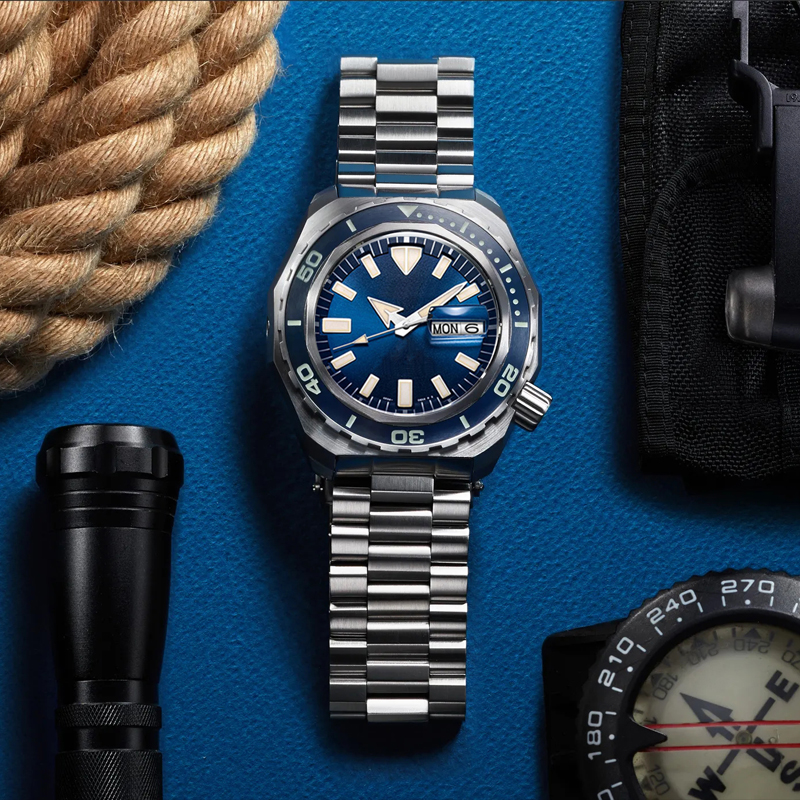
Manual Mechanical Movement
Manual mechanical movements require manual winding to keep the watch running. When you turn the crown (the knob on the side of the watch), it winds the mainspring. The mainspring is a tightly coiled wire of special alloy that stores potential energy. As it unwinds slowly, it releases this energy through a series of gears and springs, powering the watch's hands and complications. To maintain accuracy, manual watches typically need to be wound daily.
Automatic Mechanical Movement
Automatic mechanical movements, often referred to as self-winding movements, do not require daily winding. These watches feature a rotor, a semicircular weight that moves with the motion of your wrist. As you wear the watch, the rotor pivots on its axis, winding the mainspring. This continual winding keeps the watch running as long as it's worn regularly. If not worn for an extended period, automatic watches may require manual winding.
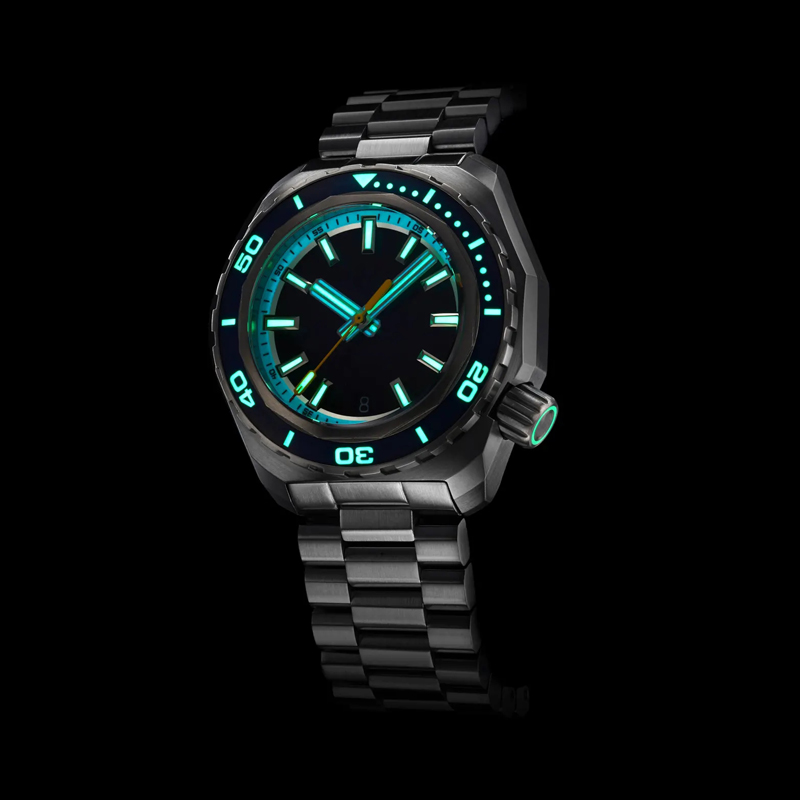
The Escapement Mechanism
Central to the mechanical movement's functionality is the escapement mechanism. This is a critical component that regulates the release of energy from the mainspring in precise, controlled increments. The escapement consists of an escape wheel and a pallet fork.The escape wheel is a toothed wheel connected to the gear train, which is turned by the unwinding mainspring.The pallet fork has two arms and acts as a lever. It alternately locks and releases the escape wheel's teeth, creating a controlled ticking motion. This is what generates the ticking sound characteristic of mechanical watches.
The Balance Wheel and Hairspring
Within the escapement system, you'll find the balance wheel and hairspring. These components are responsible for the watch's accuracy. The balance wheel is a small, wheel-shaped device with a hairspring coiled around its axis. The hairspring is a fine, delicate spring made of a special alloy. Together, they form a balance assembly.When the escape wheel's teeth interact with the pallet fork, it gives the balance wheel a small push. The balance wheel then oscillates back and forth, with the hairspring controlling its movement. This oscillation is what divides time into equal parts, allowing the watch to measure seconds, minutes, and hours accurately. The rate at which the balance wheel oscillates is known as the watch's "beat rate." Most mechanical watches have a beat rate of 18,000 to 28,800 vibrations per hour (vph).
Additional Complications
Many stainless steel mechanical watches offer additional complications beyond basic timekeeping. These complications can include date displays, moon phases, chronograph functions, and more. Each complication adds complexity to the movement, requiring additional gears and levers.
The inner workings of a stainless steel mechanical watch are a testament to human ingenuity and precision engineering. These timepieces are not merely tools for telling time; they are marvels of craftsmanship and artistry. Understanding the mechanical movement that powers these watches provides a deeper appreciation for the intricate world of horology. Whether you prefer a manual or automatic watch, the timeless appeal of a stainless steel mechanical watch lies not only in its external beauty but in the mesmerizing ballet of gears and springs that take place beneath the dial.
Tags:
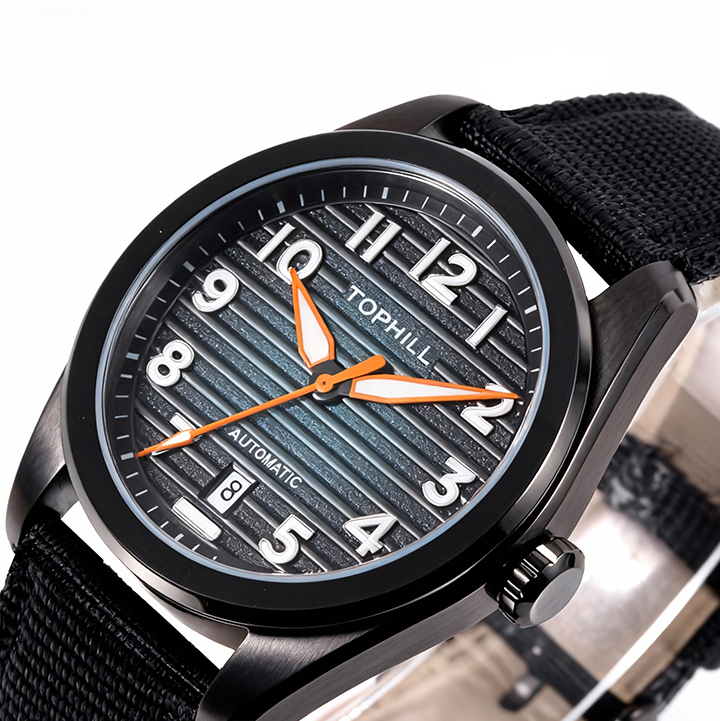 Looking for the Best Entry-Level Luxury?
Looking for the Best Entry-Level Luxury?
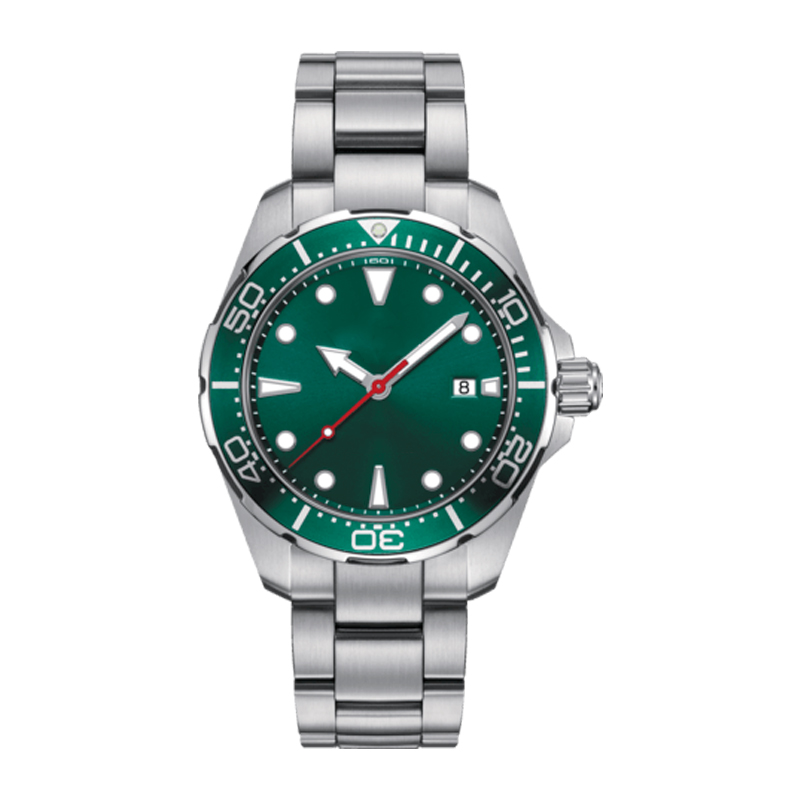 Tired of Leakage Issues? Can a Professio
Tired of Leakage Issues? Can a Professio
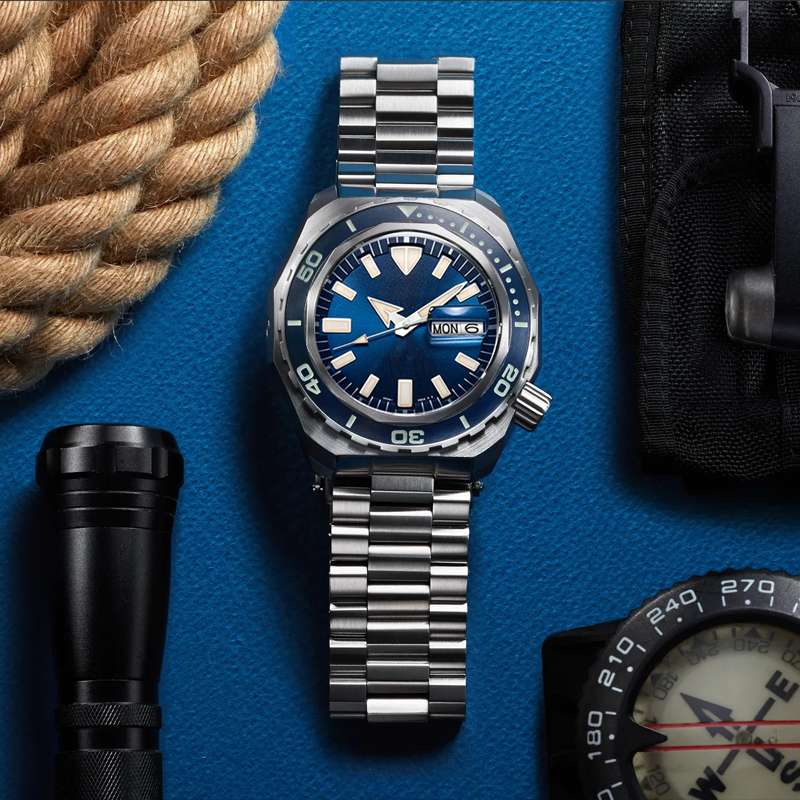 What Are the 5 Key Features to Inspect B
What Are the 5 Key Features to Inspect B
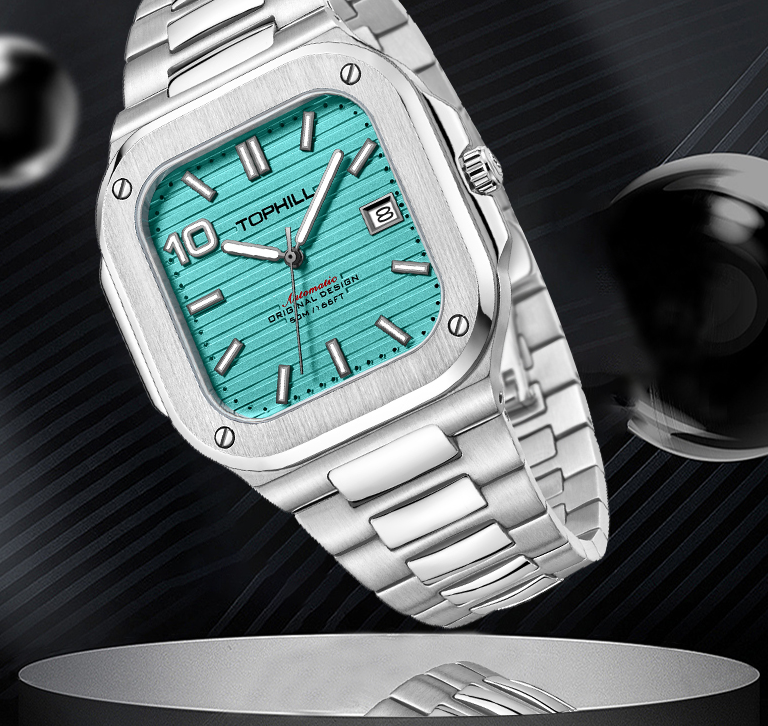 How to Clean Stainless Steel Bands: A De
How to Clean Stainless Steel Bands: A De
Super Time